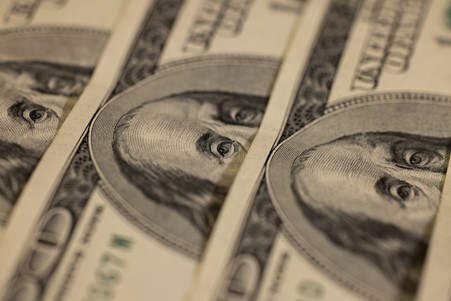Is The 2023 Bounce Here to Stay?

Economic conditions started to soften last year as interest rates and inflation rose., However, in Q1 of 2023, the economy showed some impressive resilience, especially in employment levels and consumption. Many now wonder whether this resilience is durable, or whether the pain of higher interest rates, inflation and an aging period of expansion will finally take the steam out of economic activity and the financial markets.
Monty Cerf explains that investors are reportedly buoyed by the early indications of some reduction in inflation and the fuel added to the global economy by China’s rapid post-COVID reopening Also, a warm winter unexpectedly took pressure off of global energy markets, especially in Europe, supply-constrained with the severing of energy relationships with Russia. Global stock markets rebounded sharply in the first quarter, after suffering the worst year since the great recession of 2008.
But is this rally sustainable?
Inflation Challenges May Remain Throughout the Year
Inflation is now showing signs of definite slowing, now under 5% in the US on an annualized basis. The good news is that fears of double-digit inflation have faded. The bad news: inflation is slowing more slowly than one might have hoped given the policy driven rise in interest rates and the marginal reduction of credit being offered by a somewhat strained banking system (see recent bank failures: Silicon Valley, First Republic, Credit Suisse). With the most recent .25% rise, there is now reasonable talk that the Federal Reserve may hold back on further rate hikes, letting some time pass, to see if measures taken to date will continue to have the intended dampening effect on inflation and the economy generally.
Resilient Employment Conditions Have Surprised Us, But it’s Unclear How Long It Will Last.
In the face of mounting inflation and interest rate pressure, the labor markets have been stunningly resilient. Many hundreds of thousands of non-farm jobs have been added to the labor pool every month all year. Unemployment rates are at a near all time low, notwithstanding the five-digit layoff programs at some of the large tech companies that we see in the headlines (Facebook, Google, etc.). Smaller businesses are still hiring aggressively. And labor costs are, very roughly increasing to match inflation. Labor force participation, which had dipped sharply, is also slowly recovering.
The real question now is whether this can last, or will the cumulative weight of inflation and interest rates eventually hit the labor markets with an uncertain time lag that is very hard to predict.
The tightrope act is this: Can the Federal Reserve (engineering interest rate hikes) alongside the slowing of the provision of credit from a more cautious and capital constrained banking community, be powerful enough to finish the job of slowing inflation down to target levels of around 2-2.5% without forcing the economy into a significant recession. Otherwise put, the pain will come, but will there be a “soft landing” or a “hard landing.”

Slowing Growth Expected as The Year Trudges Forward
While consumption remains strong, supported by resilient employment conditions, one reasonably expects some material slowing of corporate earnings. It’s not clear that the economy has a reasonable chance of returning to material growth until 2024. What is not clear is whether growth will turn negative before it accelerates again (which is the economists’ definition of a recession). But some continued economic slowing does seem inevitable. I can’t seem to find two economists who really agree on when we will hit the bottom and how deep that bottom will be. Monty Cerf guesses that it will be by Q1 2024, not before.
So, Is The 2023 Bounce Really Here to Stay?
Notwithstanding the strong start in the markets in the first quarter of 2023, now is not the time to be complacent. With reduced earnings, price to earnings multiples still remain high for an environment with such high rates and inflation. While the markets do tend to look forward to brighter days, typically markets don’t fully recover until there are clear signs that both interest rates and inflation really are declining. That just hasn’t happened yet. In the meantime patience is our best friend. On the margin, one might consider adding bond exposures, which now can deliver credible returns for the first time in over a decade. It is also worthwhile to consider more defensive and higher dividend paying stocks that often hold their value better than others in more uncertain and higher inflationary environments. Some caution is advised. As Yogi Berra once quipped: “That’s the thing about the future, it’s so hard to predict.” For the long term, Monty Cerf remains very positive. For the short term, he expects a more rocky road.